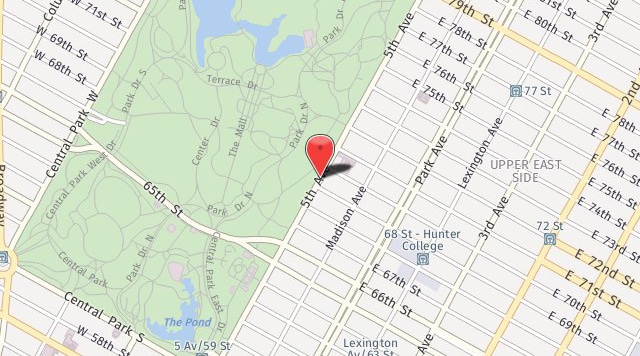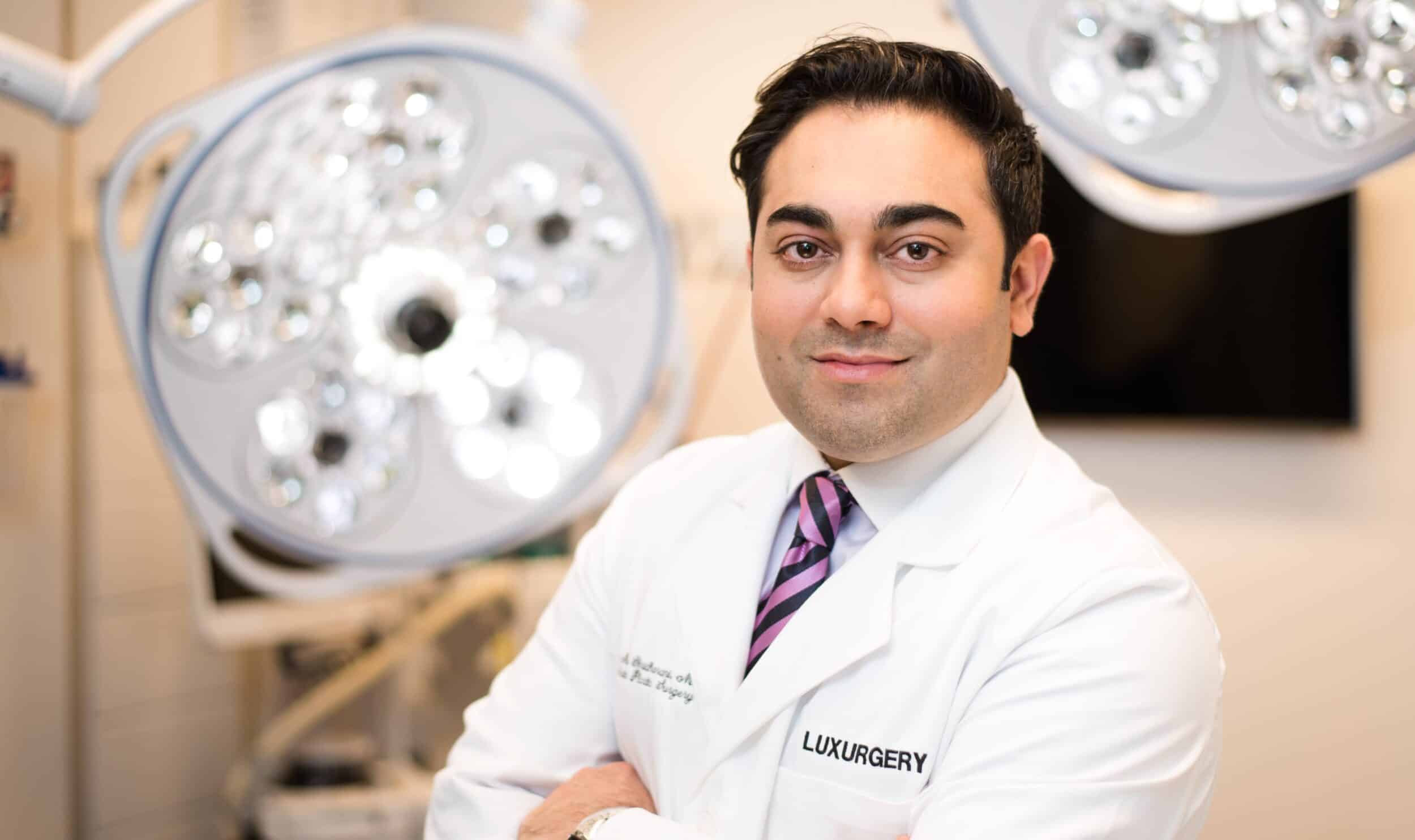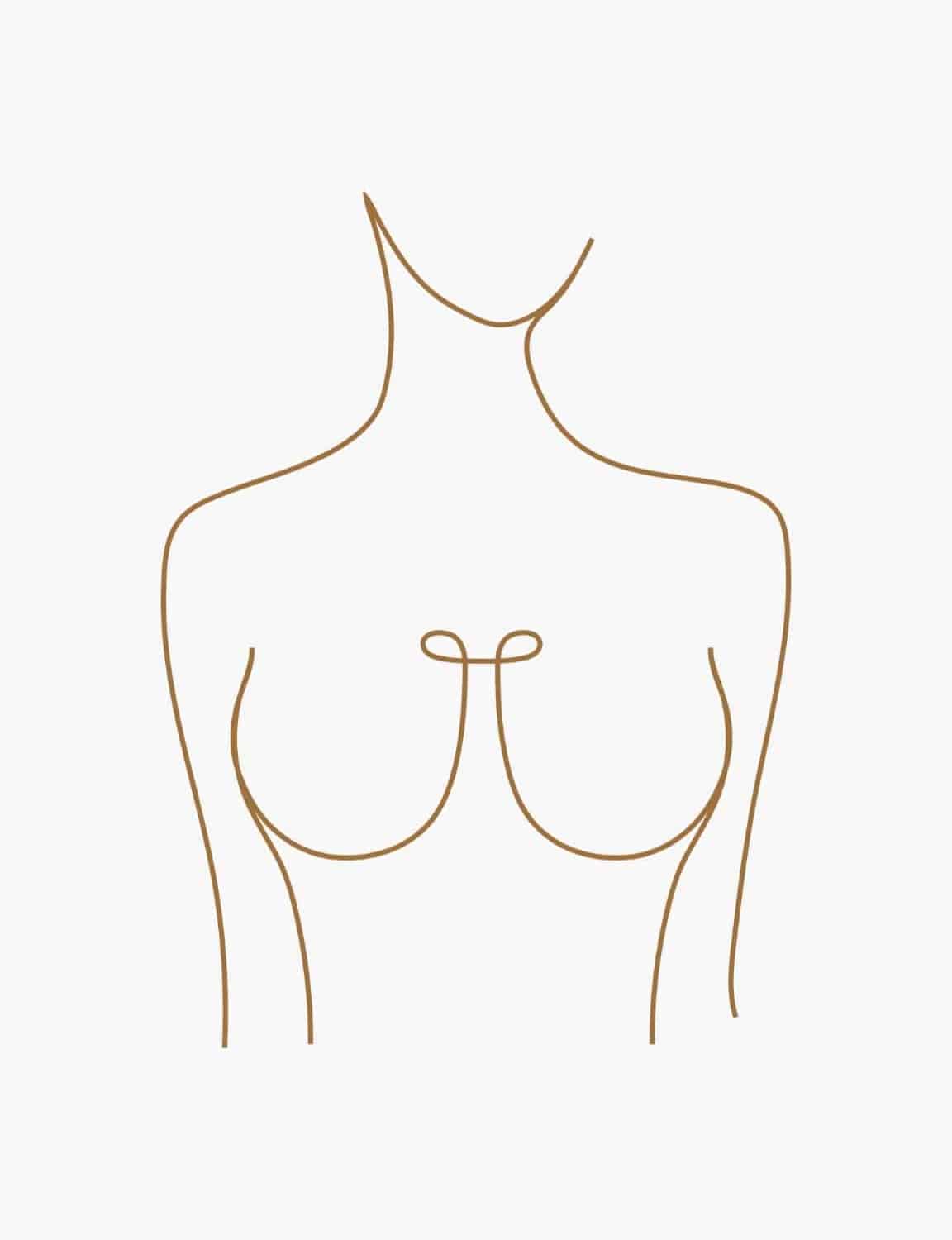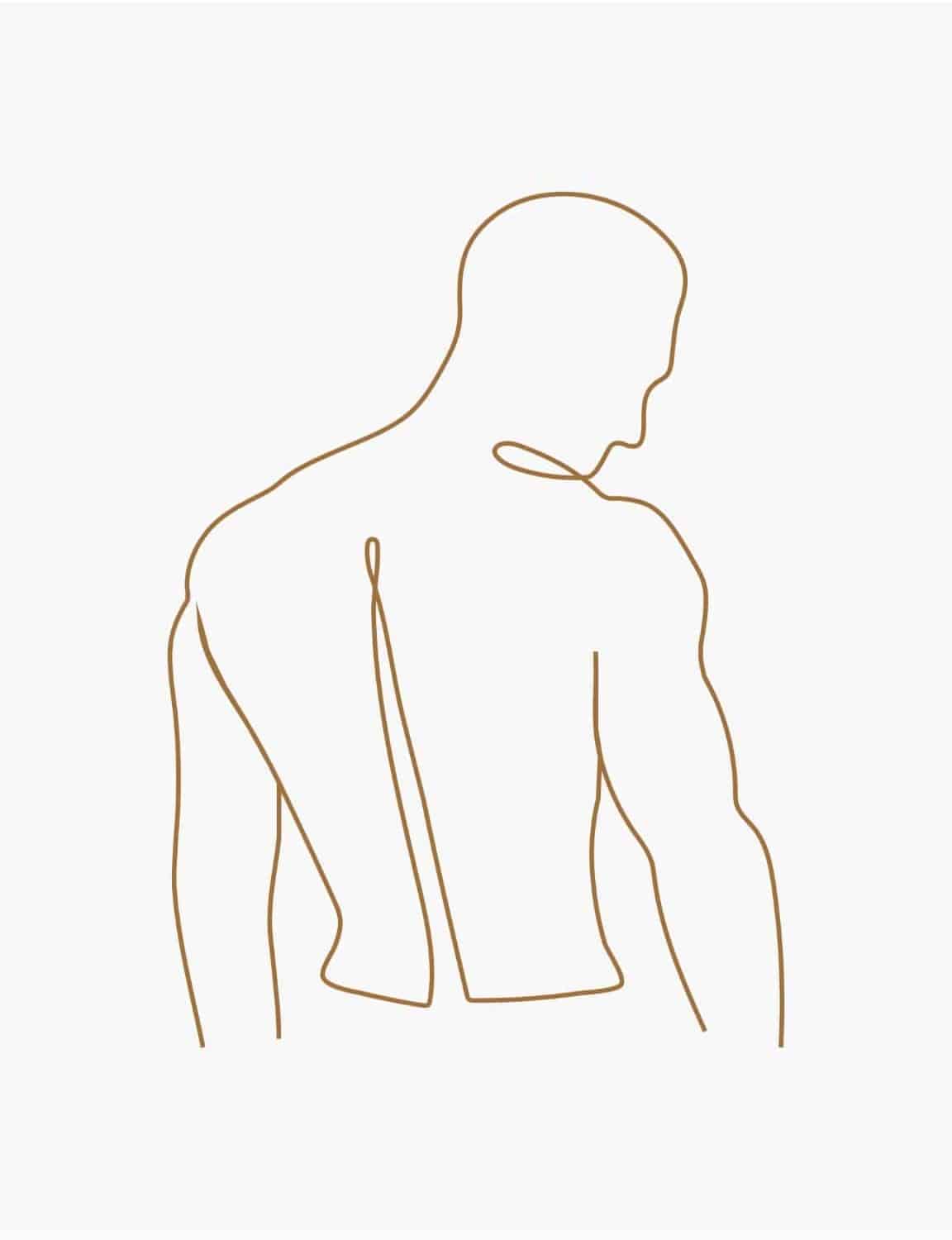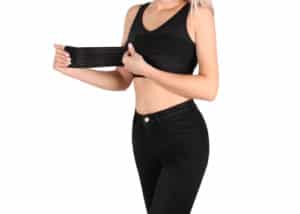
Dr. Shridharani has performed many fat transfer procedures. He knows that the average survival rate for transferred fat cells is 60 to 80 percent. He also knows that there may be ways for patients to optimize fat retention. While there are several factors involved, it is worthwhile to give these strategies a try.
Wear Compression
Compression garments are a crucial aspect of many surgical recoveries. Bruising and swelling are normal side effects of both liposuction (for fat harvesting) and the grafting techniques, so compression may be worn in all treated areas. Wearing compression can help reduce swelling and bruising, and it is also beneficial for smoothing the skin. Initially, patients may need to wear compression 24/7, reducing wear gradually as the body heals.
Avoid Massage
It can be tempting to massage the area in which fat cells have been placed, but patients are advised against this. Massage can disrupt blood supply to the transferred cells and increase the risk of absorption. After the transfer procedure, the implanted cells are competing with native cells for blood supply, so it is necessary to avoid interference with the integration process.
Hydrate
Hydration is a vital aspect of establishing a healthy blood supply to the transferred fat. There are several aspects to staying hydrated. One is to drink at least eight, 8-ounce glasses of water a day. Another is to add electrolytes to beverages. Patients should avoid smoking and alcohol consumption, both of which can contribute to dehydration and interfere with proper healing.
Don’t Lose Weight
Some patients believe they should gain weight to have an optimal fat transfer process. Surgeons advise against this. Too often, a patient who might gain weight for their procedure is tempted to diet to lose excess after their liposuction surgery. The best candidates for fat transfer procedures are healthy adults with a consistently active lifestyle that will support a stable weight. Losing (or gaining) weight after fat transfer could directly affect cosmetic results.
Be Mindful of Exercise
It is generally acceptable to eventually return to one’s normal exercise routine after the fat transfer procedure. However, patients should be mindful in this area just as much as they are about their diet. During the recovery period, the doctor may approve certain exercises, such as walking, pilates, or yoga, to support the flow of blood and fluids through the body. Moderate exercise can increase circulation and help the transferred fat gain blood supply. However, strenuous exercise could do more harm than good. Exercises that cause “bounce” may need to be avoided for a few months, while fat is integrating into surrounding tissue.
Fat transfer techniques may be the wave of future plastic surgery. To learn more about our fat transfer services, including Brazilian Butt Lift, facial rejuvenation, and natural breast augmentation, contact our NYC office at (212) 508-0000.
